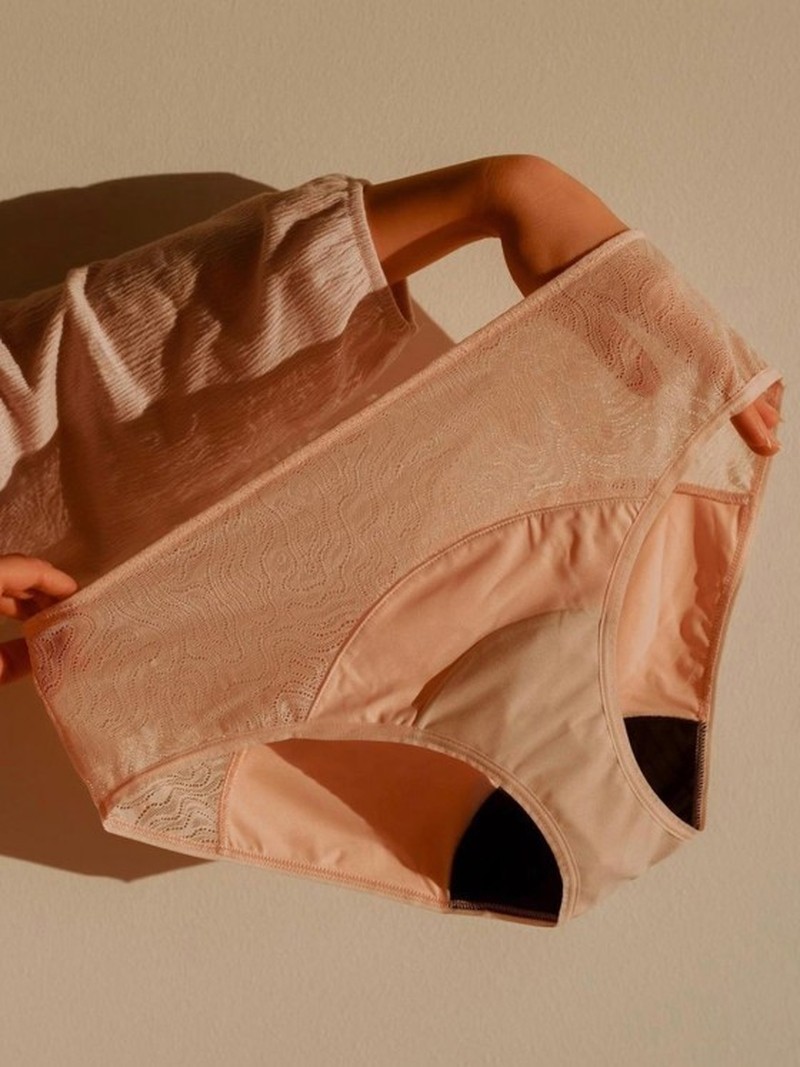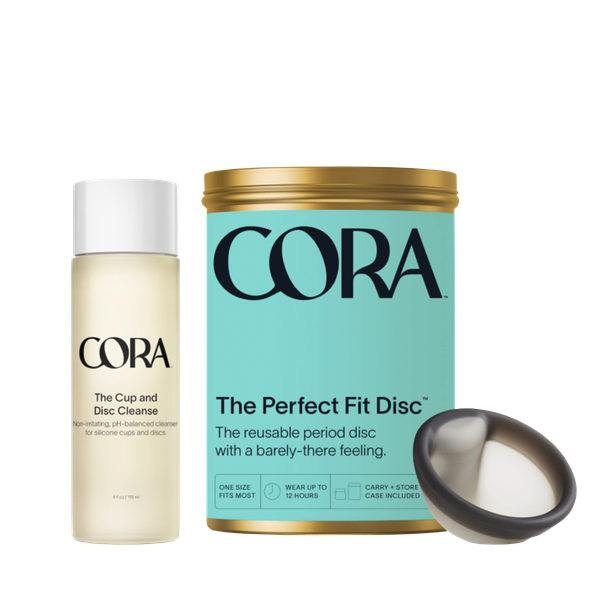4 Ways To Make Your Period More Sustainable
Period Pants
Offering no fuss, waste or discomfort, period pants are designed to look and feel like normal underwear, while providing superior, leak-proof protection. Considering the average woman has her period for 2,535 days of her life, buying a product you can clean and reuse seems like a practical solution. Sarah Forde, head of sustainability at Modibodi, one of the UK’s leading period pants brands, says period underwear is a sensible initial swap. “A product that’s been designed for longevity and durability alongside performance, and one that’s wrapped in considered packaging, period pants are a great place to start. Plus, they produce 88% fewer carbon emissions compared to pads and tampons. Single-use menstrual products are a common waste item collected in beach clean-ups in the UK, with an average of five pieces of waste picked up on every 100km on UK beaches. You can manage your period for four years with seven pairs of period pants (and zero waste) for £103. This equates to 1,250 of disposable products, which would cost around £193.”
Keen to give them a go? Start by buying two or three different styles to see what works for you, and work up to having seven to 12 pairs available for your period, Sarah advises. “Get a range of different absorbencies so you have pants for heavier and lighter days, and try them for the first time at home so you can understand how your flow and absorbency level of the pants go together.”
Like a tampon or pad, they’ll need changing throughout the day, especially on heavier days, says Claudia Pastorelli Mosca, medical advisor at Flo Health. “The natural pH of the vagina is on the acidic side, so if blood is in constant contact with the vagina for a long time, this can shift the pH, increasing your chance of bacterial vaginosis. To be on the safe side, change every four hours.”
Menstrual Cups
Worn inside the vagina like a tampon, menstrual cups collect your period rather than absorb it, and can be worn for up to 12 hours. Made from medical-grade silicone, menstrual cups are non-toxic, will last for years and work to maintain the body’s natural pH levels to keep things happy down there. And according to Natasha Richardson, founder of Forage Botanicals, menstrual cups are one of the most planet-friendly solutions. “There are so many designs and materials to explore when it comes to cups, so do your research to find a brand that aligns with what you need.”
Finding the right size is imperative, says Claudia. “This will prevent leakages and discomfort. Most brands will have an online guide to help you choose the right size for your body and flow. And when it comes to finding the right position, don’t be afraid of pushing too deep. The cup should cover the cervix. If you don’t position it high enough, it can cause leakages and feel uncomfortable. Folding a cup in half, or even in three-folds, is a good trick for easier insertion. Using a lubricant can also help with insertion if your period isn’t in its heaviest phase. Just be sure to use a water-based lubricant, as oil-based products can damage the cup’s silicone.”
Once your period ends, wash the cup with soap and rinse it thoroughly, Claudia recommends. “Avoid using abrasive products (scent-free soap is fine), never put them in the dishwasher, and store in a cotton bag until your next period.”
Menstrual Discs
If you’re prone to cramps, a disc could be worth a try. Unlike tampons and cups, a disc sits just past the vaginal canal and can’t be felt at all once in place. As well as holding up to five tampons’ worth of fluid, a menstrual disc can alleviate period pain by up to 70% compared to using tampons, which can fill with fluid from all angles and press against the vaginal wall. Inserting and removing a disc is a little fiddlier than a cup, but for the comfort and cramp factor, they’re worth a try. And while it’s not the right choice for everyone, for Natasha, being able to physically see your menstrual flow is a good indicator of your overall health. “Using reusable period products will give you a stronger connection to your period blood, and can help you measure how healthy you are that month. A healthy, red blood flow will let you know you’ve been looking after yourself, while a heavier flow indicates a need for nourishment. A very light flow, on the other hand, is a sign you need to reduce stress levels and slow down. It can be an incredibly useful way of checking in on yourself.”
Because discs don’t take up any space in the vaginal canal, they can enable you to have sex on your period. As they sit at the base of the cervix, so long as they’re inserted properly, your partner shouldn’t be able to feel it. Flex and Cora are the brands that gets our vote – its discs have a firm ring that pinches in half to about the same size as a tampon, making them easy to insert.
Sanitary Pads
If you use single-use pads, swapping them out for a reusable product is a no-brainer. “A single pad outlives the person who wore it, taking up to 800 years to decompose,” adds Lauren Derrett, CEO and founder of Wear ’Em Out. “A reusable pad is designed to be used time and time again, with an average lifespan of around three years – this will save over 792 disposable pads from being thrown away.” As well as saving the planet from millions of waste products, a reusable pad is also value for money, Lauren continues. “The cost per item for mainstream disposable pads is 12p, compared to the cost per use for a reusable pad, which is 0.06p. If the average cost of a period is around £10 per month, switching to reusables could save you up to £120 each year.”
If you want to stick with a traditional pad, make sure what you’re using is made with organic cotton, adds Tara Chandra, co-founder of Here We Flo. “The most sustainable options are period care products that leave no trace on the planet but leave a lasting impact on people. Truly sustainable period care is Oeko-Tex and PETA bunny certified, as well as being part of the BCI Cotton (Better Cotton Initiative). A product that’s 100% organic cotton is not only better for the body (it’s free from synthetics, dyes and fragrance) but also better for the planet through the way its farmed. Organic cotton also provides farming families and their communities with a more stable source of food as other crops can be grown alongside the cotton to balance the harvest, and a more stable income. Flo pads are made with compostable wrappers and the pads themselves are fully biodegradable. They’re made with bamboo, a regenerative and renewable material that requires little water and energy input in order to grow.”
For more information visit ModiBodi.co.uk, Flo.Health, HereWeFlo.co, WearEmOut.co.uk & ForageBotanicals.co.uk.
SHOP OUR SUSTAINABLE EDIT
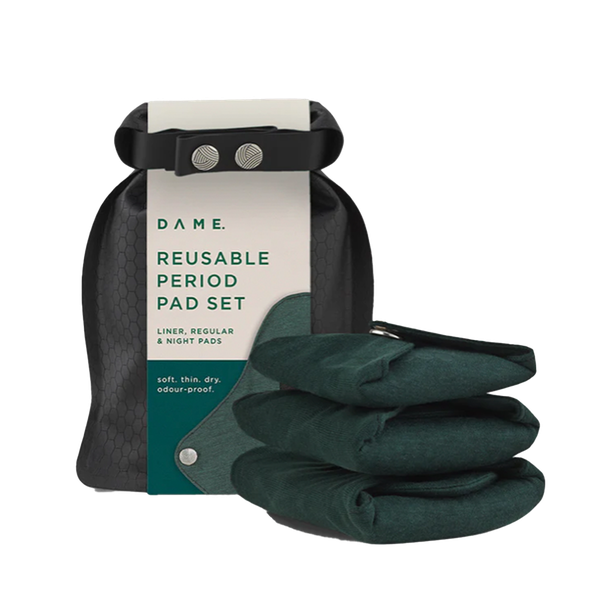
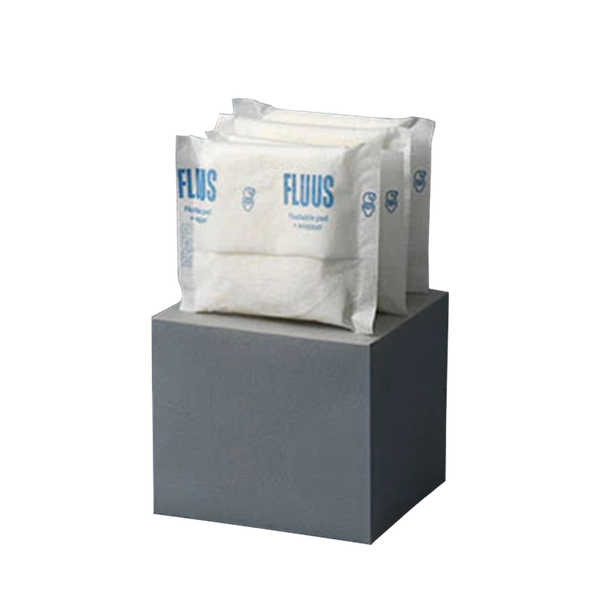
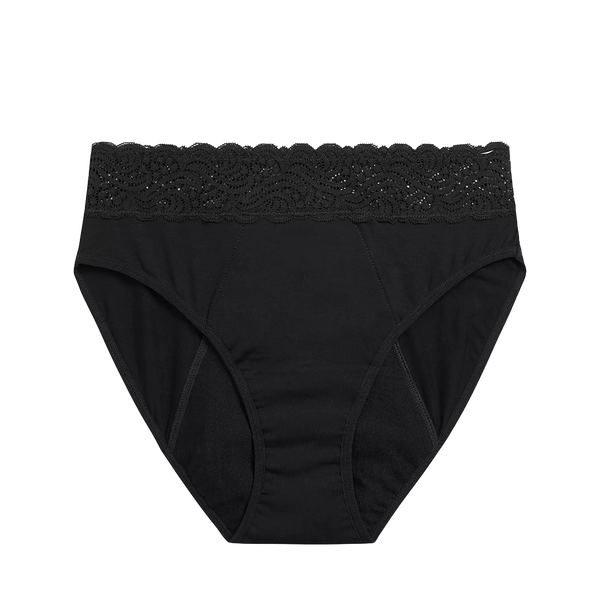
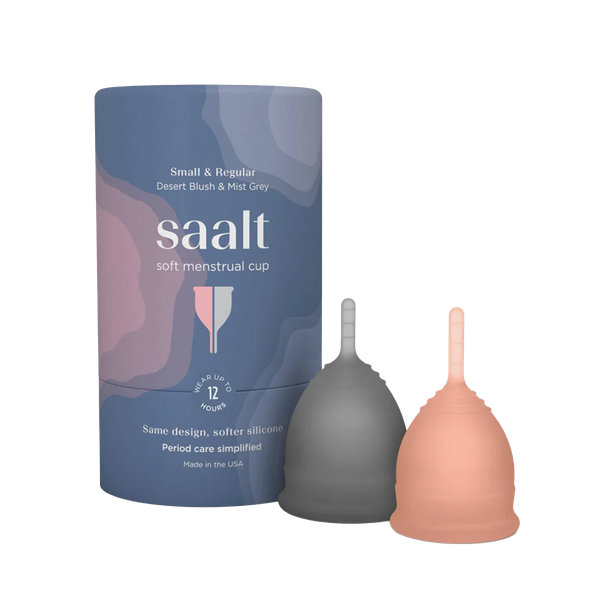
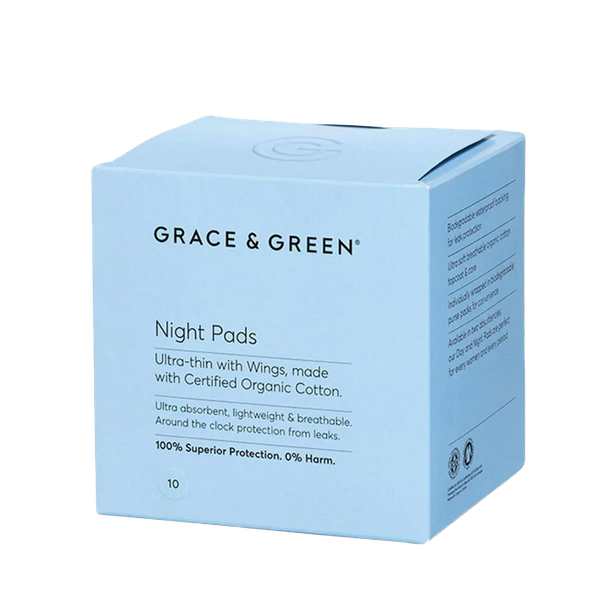
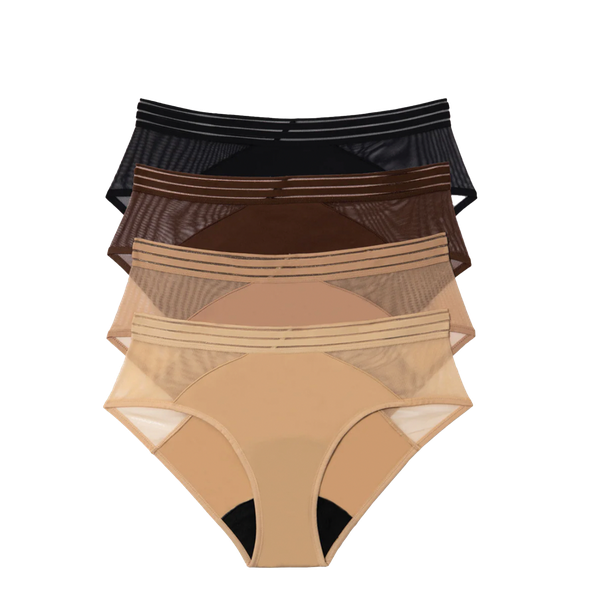
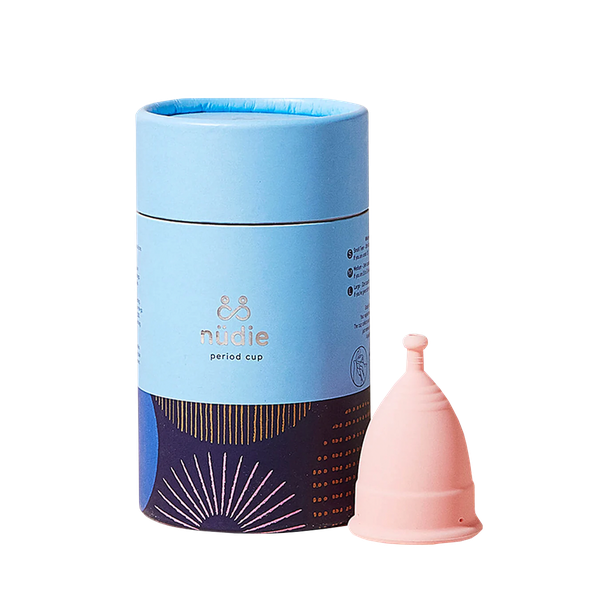
DISCLAIMER: Features published by SheerLuxe are not intended to treat, diagnose, cure or prevent any disease. Always seek the advice of your GP or another qualified healthcare provider for any questions you have regarding a medical condition, and before undertaking any diet, exercise or other health-related programme.
DISCLAIMER: We endeavour to always credit the correct original source of every image we use. If you think a credit may be incorrect, please contact us at info@sheerluxe.com.
